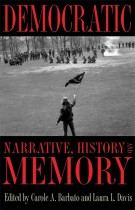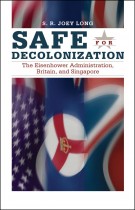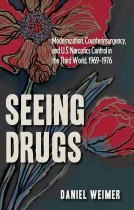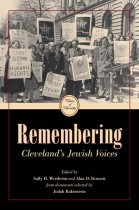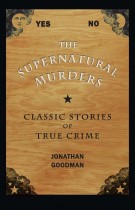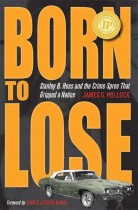The ’63 Steelers
Rudy Dicks | Filed under: Sports, Writing Sports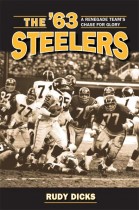
Author Rudy Dicks recreates the Steelers’ 1963 season game by game and profiles the ragtag squad of rejects, misfits, and scalawags that coach Buddy Parker jury-rigged into a contender. He shows how a group of unsung players banded together to overcome tough breaks, injuries, and a losing tradition, challenging the more glamorous Cleveland Browns and New York Giants for a conference title and a berth in the NFL Championship Game.


